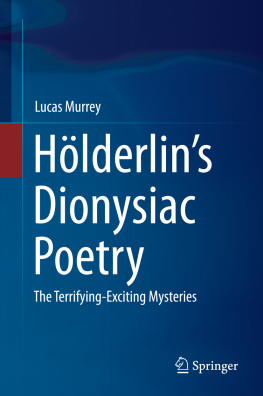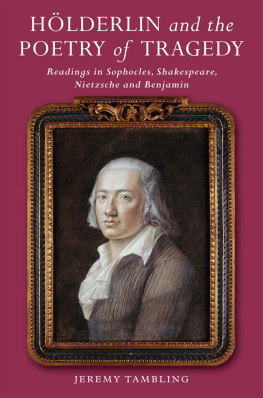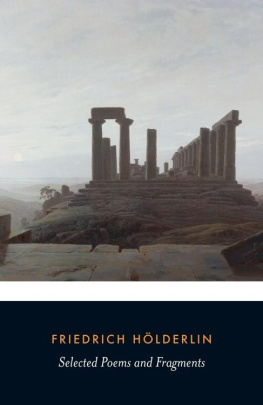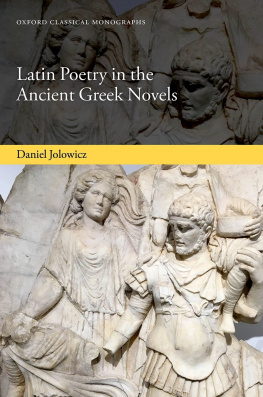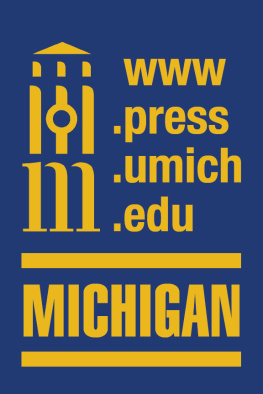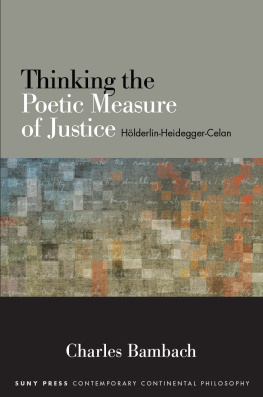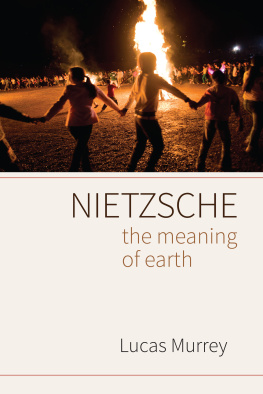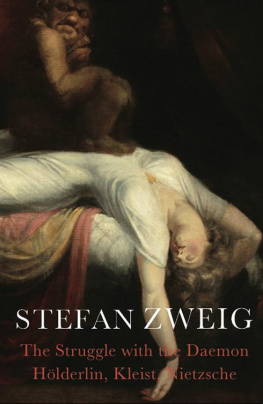Hölderlin Friedrich - Hölderlins Dionysiac poetry : the terrifying-exciting mysteries
Here you can read online Hölderlin Friedrich - Hölderlins Dionysiac poetry : the terrifying-exciting mysteries full text of the book (entire story) in english for free. Download pdf and epub, get meaning, cover and reviews about this ebook. year: 2014, publisher: Springer International Publishing, Cham, genre: Romance novel. Description of the work, (preface) as well as reviews are available. Best literature library LitArk.com created for fans of good reading and offers a wide selection of genres:
Romance novel
Science fiction
Adventure
Detective
Science
History
Home and family
Prose
Art
Politics
Computer
Non-fiction
Religion
Business
Children
Humor
Choose a favorite category and find really read worthwhile books. Enjoy immersion in the world of imagination, feel the emotions of the characters or learn something new for yourself, make an fascinating discovery.
- Book:Hölderlins Dionysiac poetry : the terrifying-exciting mysteries
- Author:
- Publisher:Springer International Publishing, Cham
- Genre:
- Year:2014
- Rating:5 / 5
- Favourites:Add to favourites
- Your mark:
Hölderlins Dionysiac poetry : the terrifying-exciting mysteries: summary, description and annotation
We offer to read an annotation, description, summary or preface (depends on what the author of the book "Hölderlins Dionysiac poetry : the terrifying-exciting mysteries" wrote himself). If you haven't found the necessary information about the book — write in the comments, we will try to find it.
This book casts new light on the work of the German poet Friedrich Hlderlin (1770 1843), and his translations of Greek tragedy. It shows Hlderlins poetry is unique within Western literature (and art) as it retrieves the socio-politics of a Dionysiac space-time and language to challenge the estrangement of humans from nature and one other.
In this book, author Lucas Murrey presents a new picture of ancient Greece, noting that money emerged and rapidly developed there in the sixth century B.C. This act of monetization brought with it a concept of tragedy: money-tyrants struggling against the forces of earth and community who succumb to individual isolation, blindness and death. As Murrey points out, Hlderlin (unconsciously) retrieves the battle between money, nature and community and creatively applies its lessons to our time.
But Hlderlins poetry not only adapts tragedy to question the unlimited machine process of a clever race of money-tyrants. It also draws attention to Greeces warnings about the mortal danger of the eyes in myth, cult and theatre. This monograph thus introduces an urgently needed vision not only of Hlderlin hymns, but also the relevance of disciplines as diverse as Literary Studies, Philosophy, Psychology (Psychoanalysis) as well as Religious and Visual (Media) Studies to our present predicament, where a dangerous visual culture, through its support of the unlimitedness of money, is harming our relation to nature and one another.
Here triumphs a temperament guided by ancient religion and that excavates, in Hlderlins translations, the central god Dionysus of Greek tragedy.
Lucas Murrey shares with his subject, Hlderlin, a vision of the Greeks as bringing something vitally important into our poor world, a vision of which few classical scholars are now capable.
Richard Seaford, author of Money and the Early Greek Mind and Dionysus.
Here triumphs a temperament guided by ancient religion and that excavates, in Hlderlins translations, the central god Dionysus of Greek tragedy.
Bernhard Bschenstein, author of Frucht des Gewitters. Zu HlderlinsDionysos als Gott der Revolution and Paul Celan: Der Meridian.
Lucas Murrey takes the god of tragedy, Dionysus, finally serious as a manifestation of the ecstatic scream of liberation and visual strategies of dissolution: he pleasantly portrays Hlderlins idiosyncratic poetic sympathy.
Anton Bierl, author of Der Chor in der Alten Komdie. Ritual and Performativitt
Hlderlin most surely deserved such a book.
Jean-Franois Kervgan, author of Que faire de Carl Schmitt?
fascinating material
Noam Chomsky, author of Media Control and Nuclear War and EnvironmentalCatastrophe.
Hölderlin Friedrich: author's other books
Who wrote Hölderlins Dionysiac poetry : the terrifying-exciting mysteries? Find out the surname, the name of the author of the book and a list of all author's works by series.

